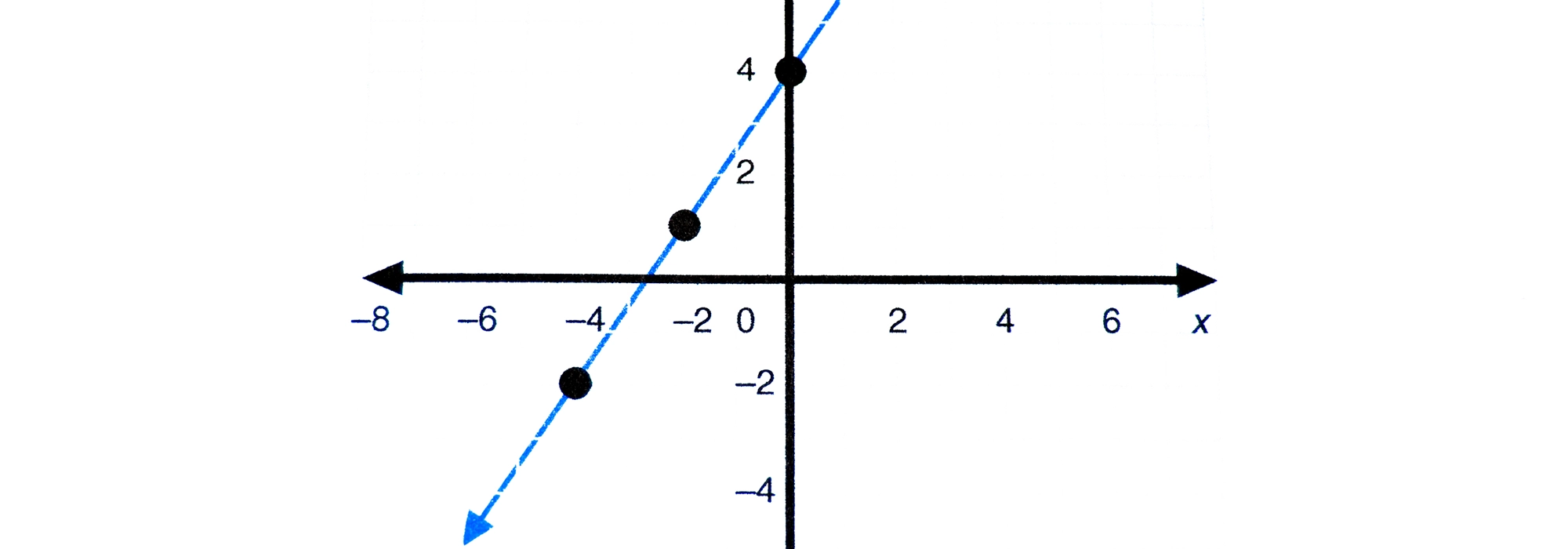Welcome to the world of quadrants, a fundamental concept in mathematics that allows us to understand and navigate the Cartesian coordinate system. Whether you’re studying geometry, algebra, or other branches of mathematics, understanding quadrants is essential. In this article, we will explore what quadrants are, how to calculate them, and their practical applications.
Introduction
Quadrants are the four regions created by dividing the Cartesian coordinate plane. They provide a systematic way to locate points and understand their positions relative to the x-axis and y-axis. By understanding the quadrants, we can easily identify the properties of points and solve mathematical problems more effectively.
Explanation of Quadrant System
The Cartesian coordinate system is a grid-like structure consisting of two perpendicular lines: the x-axis and the y-axis. The point where these axes intersect is called the origin (0, 0). The coordinate system is divided into four quadrants, numbered I, II, III, and IV, moving counterclockwise from the top-right quadrant.
Each quadrant has distinct characteristics:
- Quadrant I: Positive x and positive y values
- Quadrant II: Negative x and positive y values
- Quadrant III: Negative x and negative y values
- Quadrant IV: Positive x and negative y values
Understanding these characteristics is crucial for correctly interpreting the signs of coordinates and their positions.
How to Calculate Quadrants
To determine the quadrant of a given point, follow these steps:
- Identify the x-coordinate and y-coordinate of the point.
- If the x-coordinate is positive and the y-coordinate is positive, the point is in Quadrant I.
- If the x-coordinate is negative and the y-coordinate is positive, the point is in Quadrant II.
- If the x-coordinate is negative and the y-coordinate is negative, the point is in Quadrant III.
- If the x-coordinate is positive and the y-coordinate is negative, the point is in Quadrant IV.
Visual aids, such as diagrams, can be extremely helpful in visualizing the division of the coordinate plane into quadrants.
Practical Applications of Quadrants
Understanding quadrants has practical applications beyond mathematics. For example, in navigation, quadrants are used to determine the direction and position of objects relative to a reference point. By knowing which quadrant a specific direction falls into, we can navigate with precision.
Quadrants also play a role in solving mathematical problems. For instance, a case study might involve a complex geometrical shape, and understanding the quadrants can help us analyze and solve the problem more efficiently.
Another practical application of quadrants can be seen in the field of computer graphics and design. Here, the quadrant system is essential for defining the layout and placement of graphical elements on a screen. By understanding in which quadrant an element is located, designers can manipulate and control the visual balance and symmetry of their work more effectively.
In the realm of economics and finance, quadrants are utilized in the graphical representation of data, such as supply and demand curves in a market. Analysts use the quadrant system to depict the relationship between different economic variables, aiding in the interpretation of market trends and the formulation of strategic decisions.
Furthermore, in physics, specifically in the study of forces and vectors, quadrants help in analyzing the direction and magnitude of forces. This is vital for solving problems related to motion and stability, where identifying the quadrant in which a vector lies can elucidate the nature of forces acting on an object.
These examples underscore the versatility and importance of the quadrant system, illustrating its applications across various fields beyond mathematics alone.
Conclusion
In conclusion, quadrants are foundational to understanding the Cartesian coordinate system and have broad applications in mathematics and beyond. By learning how to calculate quadrants and identifying points within them, we gain valuable insights into the relationships between coordinates.
Remember, practice is key to mastering the concept of quadrants. As you continue your mathematical journey, keep exploring real-life examples, solving problems, and utilizing visual aids to reinforce your understanding. Embrace the power of quadrants, and you’ll unlock new possibilities in your mathematical endeavors.






